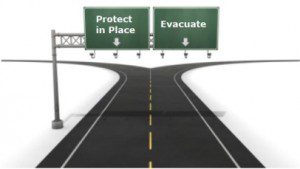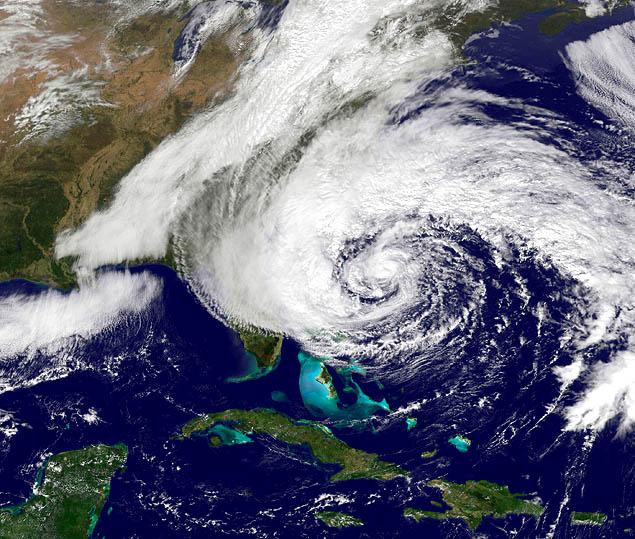
Decision Number One
There appears to be a thriving cottage industry in rating hospitals and healthcare facilities as to which is “Best of Breed†or who is within the “Top XXXâ€. Because this seems to influence the selection by patients, we wanted to dig a little deeper into this subject.  We have contacted one of the best known of these organizations; US News and World Report to comment on some variables that we feel are missing from the methodology. One of our questions was how NYC Langone managed to make it to the top of the list of best hospitals despite a flooded fuel pump that knocked out power during a storm that had been coming slowly over the previous week and forcing a dangerous and chaotic evacuation. We were referred to RTI as the producer of the research and were forwarded a copy of the methodology for selection of Best Hospitals. The methodology is deep in a few areas, and we believe, lacking in others. We were also asked to provide some examples of suggested improvements, which we did and resulted in no response.
What brought our attention back to this issue was a full page ad by NYU Langone Medical Center in Modern Healthcare, page 25, 10/28/2013, which had the bold headline:
“NO LIGHTS. NO WATER. NO HEAT.  IT’S TIMES LIKE THESE WHEN YOU FIND OUT WHAT REALLY POWERS A GREAT HOSPITAL. NYU LANGONE MEDICAL CENTER IS PROUD TO BE RANKED #1 IN THE US FOR QUALITY AND SAFETY. “
This was according to the University Health System Consortium 2013 Quality and Accountability Scorecard. This is an outrageous example of Newspeak and it is amazing that journalists do not hold anybody to account or follow these stories after they have broken. For example the article that came out in the wake of the storm:

Unexpected?
‘Even with preparation, back-up systems failed at NYU Langone Medical Center last night, forcing the evacuation of all 215 patients to nearby hospitals, including Sloan Kettering and Mount Sinai, The New York Times reported. There were large-scale power failures in critical areas, including the emergency department, the transplant unit and labor and delivery.
“Things went downhill very, very rapidly and very unexpectedly,” Brotman said about the unprecedented heavy flooding.’
Our assessment is more basic, we wanted to know:
1)Â Â Â Â Why did emergency management place the generators above the flood level but leave the fuel pump below it?
The storm was tracked for days and the forecast was clear that there would be massive flooding – what we they thinking as the storm approached? Where was the situational awareness?
2)Â Â Â Â How can the same mistake that took hundreds of patient lives in Katrina 2005 (political decision not to evacuate) be repeated in 2012?
The similarity was the mayors decision to protect in place rather than evacuate, placing all patients at risk and making those on life support, young and old, particularly vulnerable.
3)Â Â Â Â Â How does any facility that fails so miserably to prepare, try to turn it into a victory with the press?
We appreciate the true heroes of the day; the caregivers who stayed through the storm and conducted the evacuation. We do not understand how the Board could applaud the situation, although Langone received huge subsidies to rebuild – which appears to have rewarded their failure to prepare.
Our post on this issue was published in Homeland Security Today, with an assessment how planners completely missed the lessons of Katrina and Allison.

Emergency Evacuation
We have to ask ourselves about these “rankings†and awards that seem to cover every particular area of operations within hospitals, and allow patently false information to be propagated to a naïve public.
There is a slight dichotomy in the methodology of the RTI Survey mentioned above: it relies on the input of senior physicians within the AMA (self-selected sample) to do a “reputation†ranking for quality and safety as a major input to the final score. However, my impression from reading Marty Makary’s book Unaccountable is that with a room full of surgeons about 3 in 4 raised their hands when asked if they knew a surgeon on medical staff who should not be practicing due to safety issues.
We will follow this post with another that asks whether the determining factors in hospital rankings are reliable, relevant and whether they are anything but self-serving vehicles for PR. One quick example is whether a hospital should be one of the “Best Places to Work†in the same year it is fined millions for in fraud and abuse of taxpayer dollars.






0 Comments